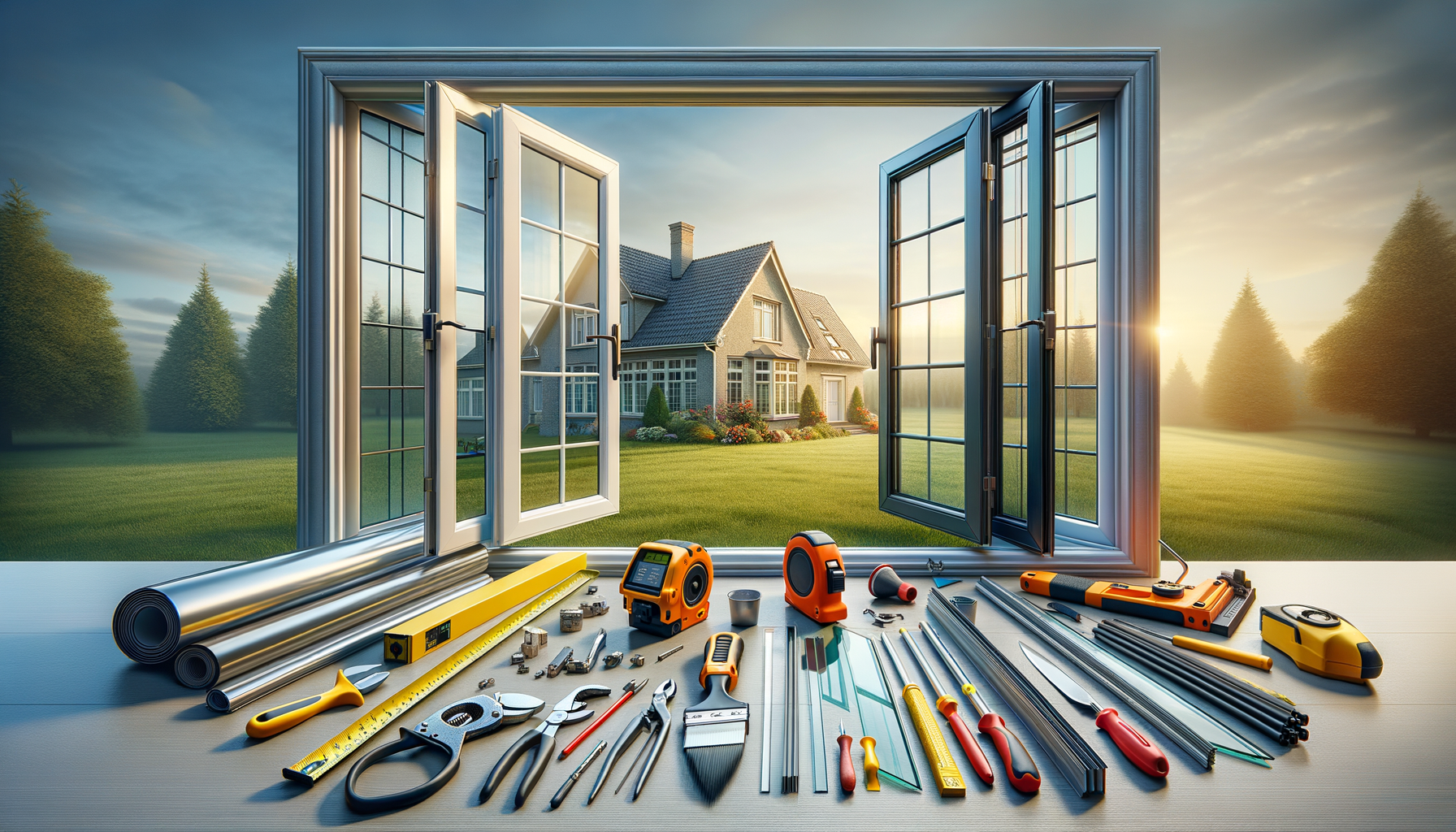Understanding High-Performance Industrial Machines
High-performance industrial machines are pivotal in the manufacturing and production sectors, serving as the backbone of modern industry. These machines are designed to operate at optimal efficiency, providing the power and precision necessary to handle complex tasks and large volumes of work. From automotive assembly lines to food processing plants, high-performance machines streamline operations and enhance productivity. Their significance lies not only in their ability to perform tasks quickly and accurately but also in their adaptability to various industrial processes.
One of the defining characteristics of these machines is their robust construction, which allows them to withstand rigorous operating conditions. They are often equipped with advanced technology, such as computer numerical control (CNC) systems and programmable logic controllers (PLCs), which enhance their functionality and flexibility. This technological integration enables machines to perform a wide array of functions, from cutting and welding to packaging and labeling, all with exceptional precision.
Moreover, high-performance industrial machines contribute significantly to reducing operational costs. By automating repetitive tasks, they minimize the need for manual labor, thereby decreasing the likelihood of human error and improving overall efficiency. Businesses that invest in such machinery often see a substantial return on investment through increased output and reduced downtime.
The Role of Automation in Enhancing Performance
Automation plays a crucial role in elevating the performance of industrial machines. By integrating automated systems, industries can achieve higher levels of precision and consistency in their operations. Automation reduces the dependency on human intervention, allowing machines to perform tasks 24/7 without fatigue, which is vital for industries that operate around the clock.
One of the key benefits of automation is the ability to collect and analyze data in real-time. This capability enables industries to monitor machine performance, identify potential issues before they escalate, and make data-driven decisions to optimize processes. For instance, predictive maintenance systems can analyze machine data to predict when a component is likely to fail, allowing for timely repairs and preventing costly downtime.
Furthermore, automation enhances safety in the workplace. By taking over hazardous tasks, machines protect workers from potential injuries. This shift not only improves safety standards but also boosts morale and productivity among employees, who can focus on more strategic tasks that require human insight and creativity.
Innovations in High-Performance Machinery
The landscape of high-performance industrial machinery is continually evolving, driven by technological advancements and the increasing demand for efficiency and sustainability. Innovations such as the Internet of Things (IoT), artificial intelligence (AI), and machine learning are transforming how these machines operate and interact with their environment.
IoT technology enables machines to communicate with each other and with central control systems, creating a network of interconnected devices that can share data and insights. This connectivity allows for enhanced monitoring and control, leading to more efficient and responsive operations. For example, IoT-enabled sensors can track machine performance metrics, such as temperature and vibration, providing valuable data for optimizing maintenance schedules and improving machine longevity.
Artificial intelligence and machine learning further enhance the capabilities of industrial machines by enabling them to learn from data and improve their performance over time. These technologies allow machines to adapt to changing conditions and optimize their operations autonomously, reducing the need for manual adjustments and oversight.
Comparing Different Types of High-Performance Machines
High-performance industrial machines come in various forms, each designed to meet specific industry needs. Understanding the differences between these machines can help businesses choose the right equipment for their operations.
For instance, CNC machines are widely used in manufacturing for their precision and versatility. They can perform complex tasks such as cutting, drilling, and milling with high accuracy, making them ideal for producing intricate parts and components. In contrast, robotic arms are often employed in assembly lines for tasks that require repetitive motion, such as welding or painting. Their flexibility and speed make them invaluable in industries like automotive manufacturing.
Another category is high-speed packaging machines, which are essential in the food and beverage industry. These machines are designed to handle large volumes of products quickly and efficiently, ensuring that goods are packaged and ready for distribution in a timely manner. Each type of machine offers unique advantages, and the choice depends on the specific requirements of the industry and the tasks at hand.
The Future of High-Performance Industrial Machines
As industries continue to evolve, the future of high-performance industrial machines looks promising, with trends pointing towards greater integration of smart technologies and sustainable practices. The push for Industry 4.0, which emphasizes the digital transformation of manufacturing, is likely to drive further advancements in machine capabilities.
One of the key trends is the development of eco-friendly machines that minimize environmental impact. Manufacturers are increasingly focusing on energy-efficient designs and materials that reduce waste and emissions. This shift not only aligns with global sustainability goals but also offers cost savings for businesses through reduced energy consumption.
Additionally, the integration of augmented reality (AR) and virtual reality (VR) in machine operations is expected to revolutionize training and maintenance processes. These technologies can provide immersive training experiences for operators, allowing them to understand machine functions and troubleshoot issues more effectively. As these trends continue to gain momentum, high-performance industrial machines will play an even more critical role in shaping the future of manufacturing.

Leave a Reply